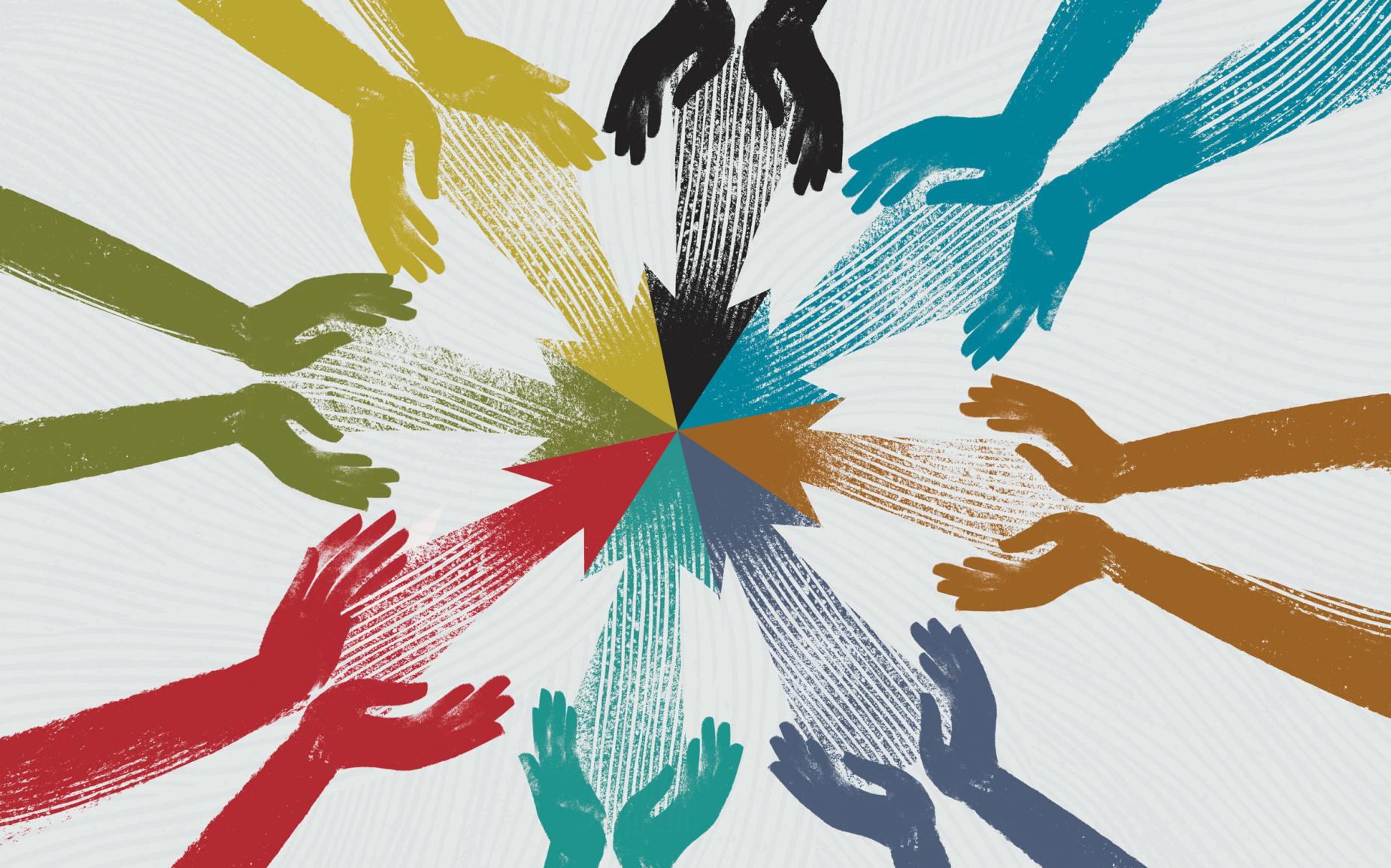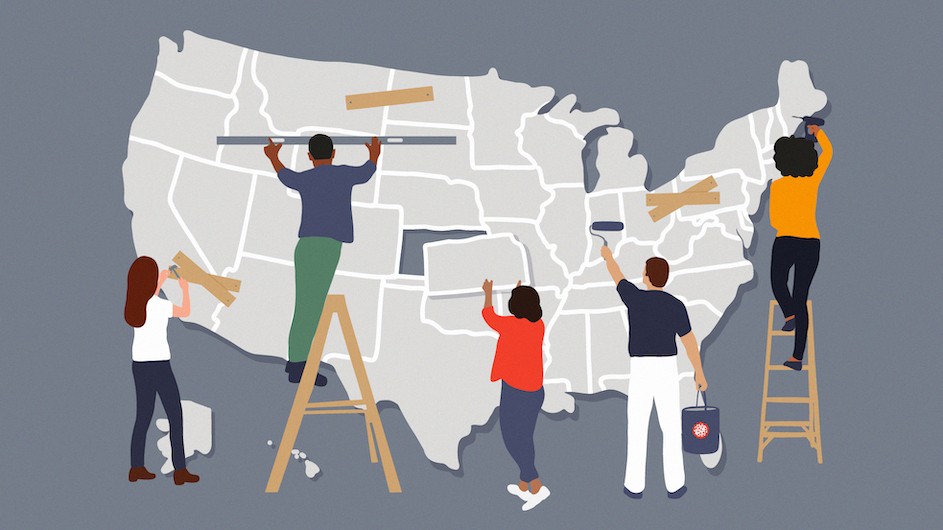Collective action has long been a driving force behind significant social transformations throughout history. Whether through grassroots movements or organized community efforts, the power of people coming together to pursue a common goal has proven time and again to be a catalyst for change.
In today’s society, collective action remains a crucial tool for communities striving to address social, economic, and political issues. This article explores the concept of collective action, its role in shaping society, and the key factors that contribute to its success.
The role of collective action in social transformation
Collective action plays a pivotal role in driving social transformation by uniting individuals and communities to address pressing issues and advocate for change. Throughout history, movements powered by collective action-such as civil rights campaigns, labor strikes, and environmental protests-have successfully challenged the status quo and brought about meaningful social progress.
One key example is the civil rights movement in the United States, where the collective efforts of millions demanded racial equality and justice, leading to landmark legislation like the Civil Rights Act. Similar instances can be seen globally, from anti-apartheid movements in South Africa to labor rights protests worldwide.
The power of collective action lies in its ability to amplify the voices of the marginalized, ensuring that their concerns reach a broader audience. This united front creates pressure on institutions and governments to implement necessary reforms, enabling social transformation to occur at a structural level. Whether addressing systemic inequality, environmental degradation, or human rights violations, collective action is often the catalyst that pushes societies toward progress.
As we move forward in an increasingly interconnected world, the role of collective action continues to evolve, especially with the advent of digital platforms and social media. These tools enable faster mobilization and broader reach, further enhancing the impact of collective efforts on social transformation.

Key elements for successful collective action
Successful collective action hinges on several key elements that foster unity and effectiveness among participants.
Trust and solidarity
Establishing trust among group members is crucial. When members feel a sense of solidarity and shared purpose, they are more likely to collaborate effectively and support one another in achieving common goals.
Common goals and motivation
Clearly defined objectives are crucial for guiding collective efforts. When participants understand what they are working toward and share a strong motivation to achieve those goals, their collective action becomes more focused and impactful.
Efficient organization and coordination
Organizing resources, planning strategies, and coordinating activities are vital for ensuring that efforts are efficient and aligned. Strong leadership and clear communication facilitate effective collaboration, enabling participants to work together seamlessly.
By emphasizing these elements, groups can enhance their chances of success in driving collective action and effecting meaningful social change.
Prevalent types of collective action
It manifests in various forms, each serving as a powerful means for communities to advocate for change and address shared concerns. Below are several of the most prevalent forms:
Public protests and demonstrations
Public protests, marches and demonstrations are among the most visible forms of collective action. These events mobilize large groups of people to express their demands and raise awareness about specific issues, such as human rights, environmental protection, and social justice.
Grassroots Movements
Grassroots initiatives emerge from local communities working together to address specific challenges. These movements often focus on issues like local governance, environmental sustainability, and economic equity, empowering individuals to take action and influence decision-makers.

Community-driven initiatives
Many successes stem from community-driven projects. These initiatives involve collaboration among community members to create solutions for local problems, such as organizing clean-up drives, setting up educational programs, or providing resources for vulnerable populations.
Non-governmental organizations (NGOs)
NGOs play a crucial role in facilitating collective action by organizing campaigns, raising awareness, and mobilizing resources. They often work alongside communities to advocate for policy changes and provide support for various social causes.
Online campaigns and movements
With the rise of the internet and social media, online campaigns have become a powerful form of them. Hashtags, petitions, and viral challenges can mobilize people across the globe to support social causes, raising awareness and pressuring institutions for change.
By leveraging these common forms of collective action, communities can effectively unite their efforts and drive significant social transformations.
Collective action and modern social movements
In today’s digital age, collective action has become a cornerstone of modern social movements, leveraging technology to amplify voices and mobilize support. Social media platforms allow for rapid dissemination of information, enabling movements to gain momentum quickly and reach global audiences.
Recent examples, such as the Black Lives Matter movement and the climate strikes initiated by youth activists, showcase how collective action can unite individuals across diverse backgrounds for a common cause. These movements emphasize the importance of inclusivity, engaging a wide range of participants to advocate for social justice and environmental sustainability.
Moreover, online petitions, hashtag campaigns, and virtual protests have transformed traditional forms of them, making it easier for individuals to engage and contribute to social change from anywhere in the world. As modern social movements continue to evolve, the power of collective action remains a vital tool for addressing systemic issues and driving impactful societal transformation.

Challenges to collective action
Collective action, while a powerful tool for social change, faces several significant challenges that can hinder its effectiveness. One major obstacle is the lack of trust and solidarity among participants. When individuals do not trust one another or feel disconnected from the group’s goals, collaboration can falter, leading to fragmentation and reduced impact.
Additionally, the diverse interests and motivations within a collective can complicate decision-making, creating conflicts that undermine a unified front.
Resource constraints also pose a significant challenge, as effective collective action requires adequate funding, time, and human capital. Limited access to these resources can impede organizing efforts and diminish a movement’s capacity to achieve its objectives. Moreover, external pressures, such as government interference and opposition, can create barriers to mobilization, manifesting as legal restrictions or violence against protesters.
By addressing these challenges, groups can enhance their ability to navigate the complexities of collective action and work toward meaningful social transformation.
The power of collective action in social transformation is profound. By uniting individuals for common goals, collective efforts can challenge injustices and drive significant social progress, as seen in movements for civil rights and environmental justice.
In today’s interconnected world, harnessing this power is more important than ever. Digital platforms offer new opportunities for collaboration and mobilization, enabling communities to effectively address pressing issues. Ultimately, collective action serves as a vital force for creating a more just and equitable future.
